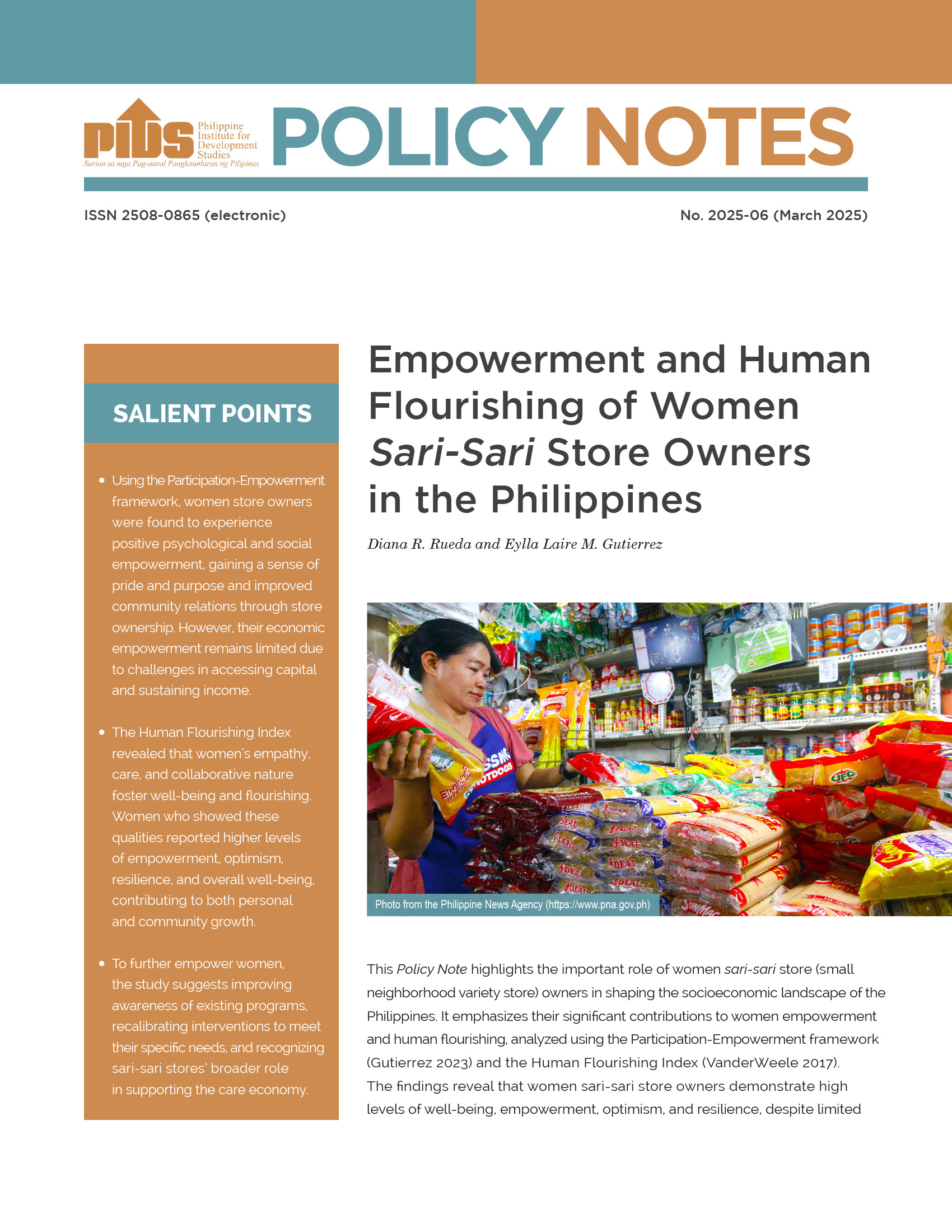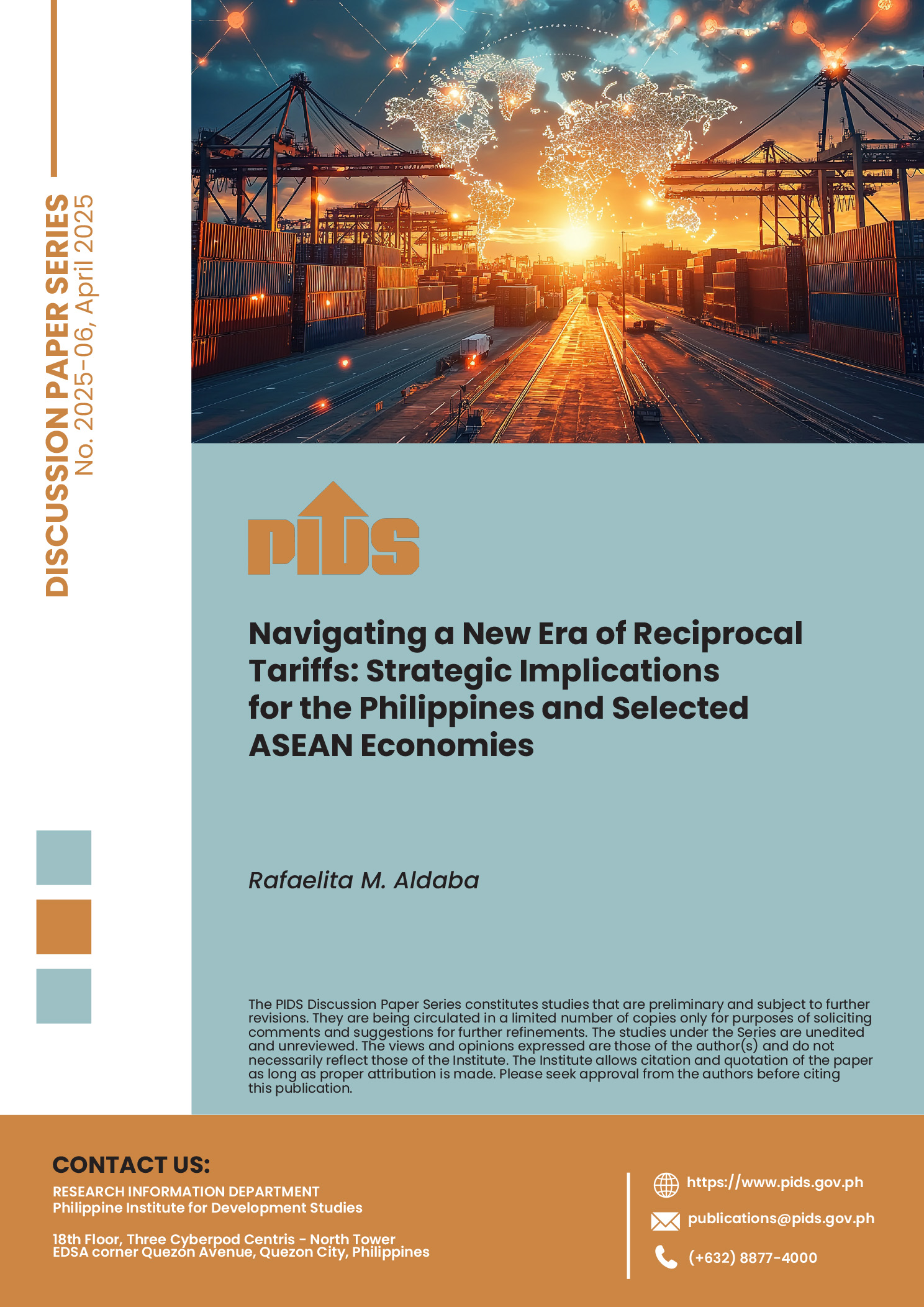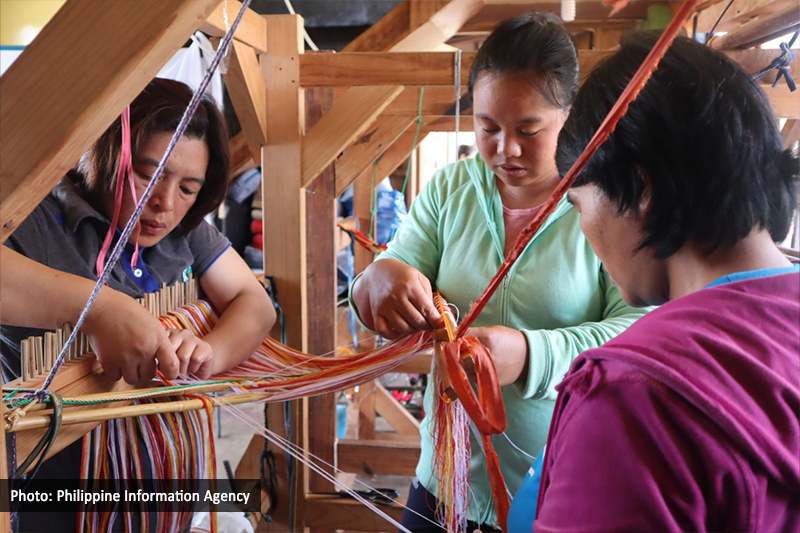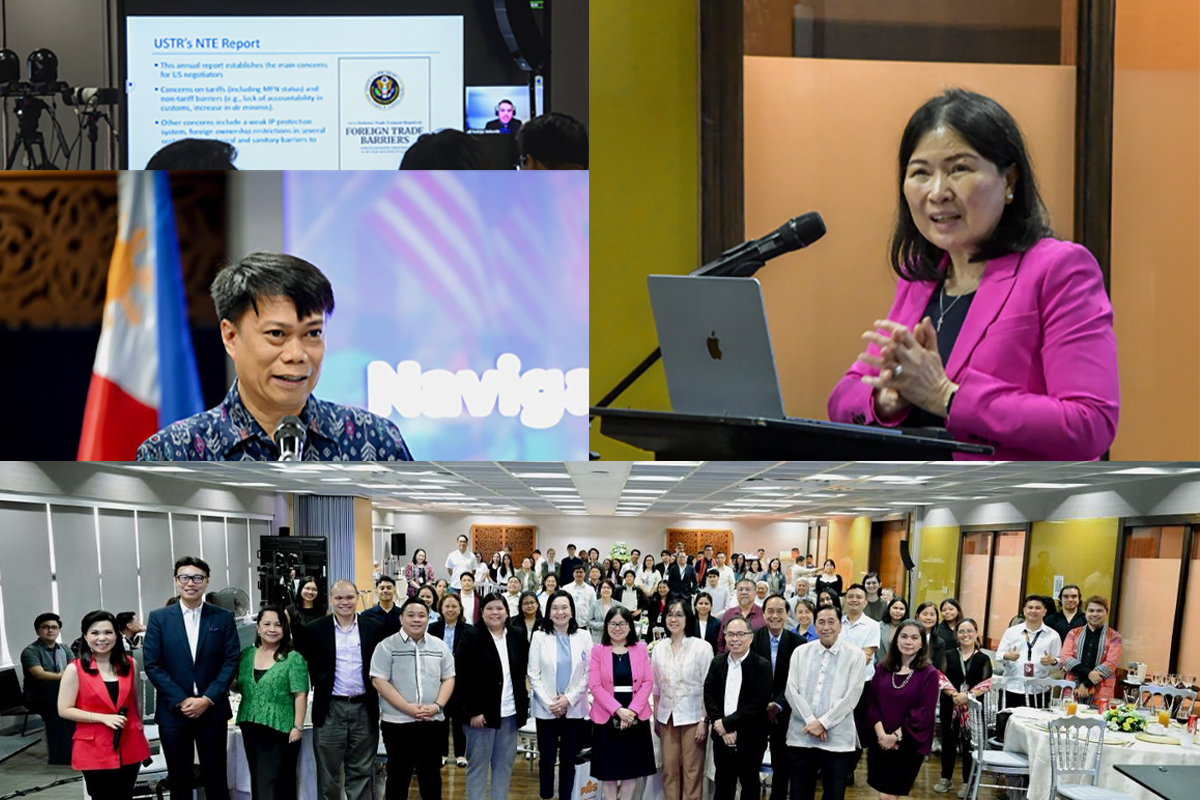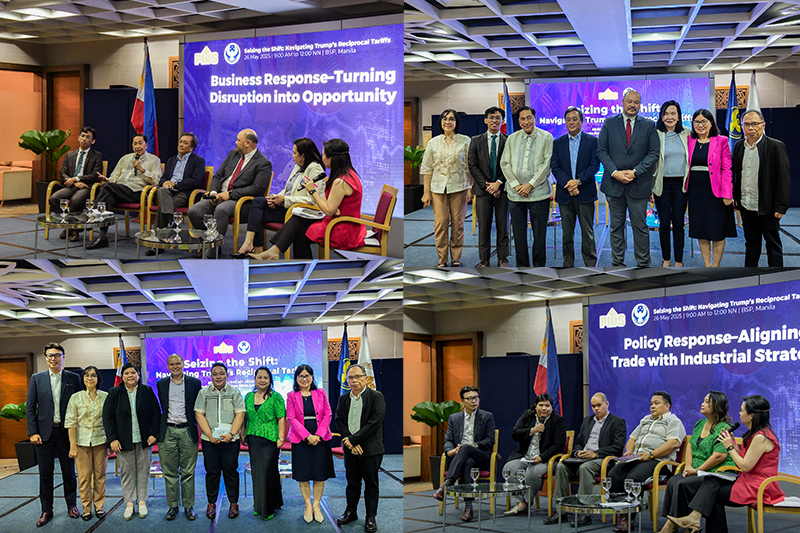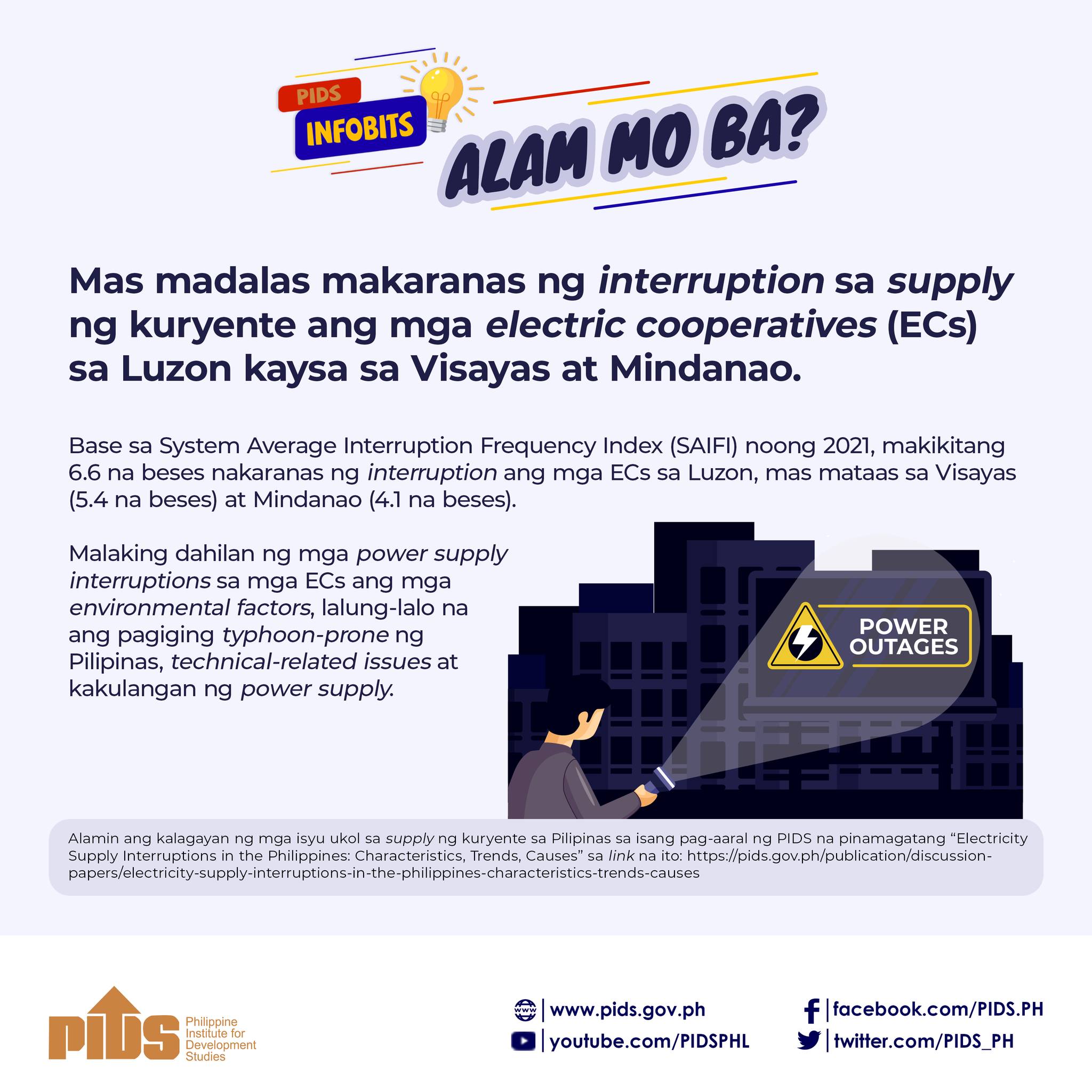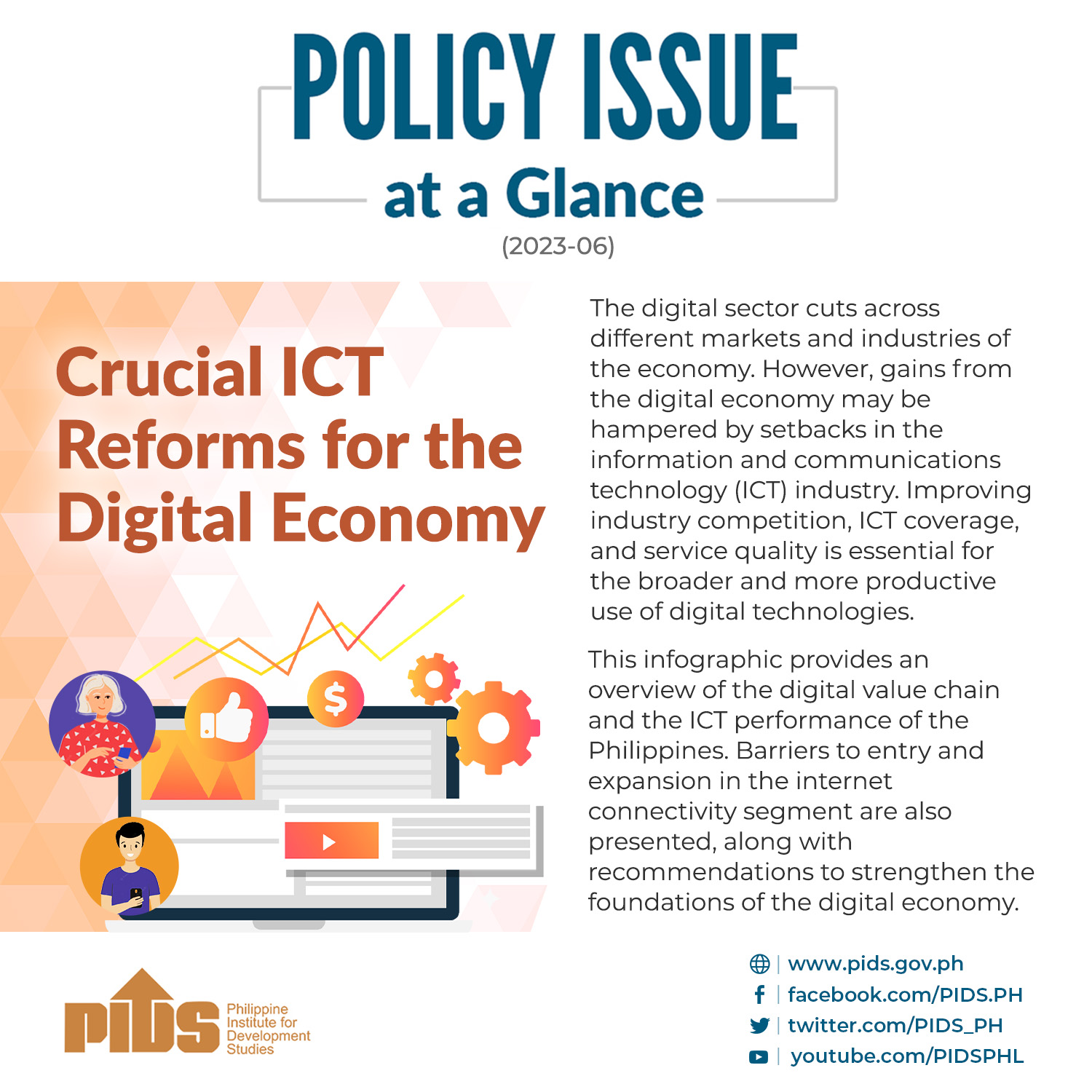Trade experts and analysts urged the Philippine government to seize the opportunity to gain better trade terms and assert its place in the China Plus Two supply chain realignment while the 90-day US-China tariff truce remains in place.
They warned that failure to do so, as well as to formulate the right trade policies for the long term, might mean prolonged uncertainty for the country’s exports and overall economy.
The truce signed on May 12 by two of the world’s biggest economies offers temporary relief to global trade caught in the crossfire and buys time for the Philippines’ exporters of electronics, semiconductors and intermediate goods that feed into the US-China value chains, a senior research fellow at the Philippine Institute of Development Studies (PIDS), John Paolo Rivera, said.
The trade experts and analysts agree on a common strategy to take advantage of China Plus 2 supply chain, which refers to global firms diversifying production away from China:
“This is where the Philippines can position itself as an alternative and cost-effective location for manufacturers to be able to export to the US at a higher profit margin,” a ranking official said on condition of anonymity.
In another interview with a former trade official, Malaya Business Insight was told that with the correct policy mix, the strategy will entice multinational companies operating in China to transfer or branch out to the Philippines.
“This will make a credible second hub—a ‘Plus Two’ partner—in the global supply chain,” Rafaelita Aldaba, former Trade Undersecretary and research fellow at the PIDS, said.
PIDS senior research fellow Rivera pushed for a strategy requiring “readiness in infrastructure, energy reliability, regulatory
clarity, and incentives must be in place (for the Philippines) to truly benefit.”
Reinielle Matt Erece, economist at Oikonomia Advisory & Research Inc., shared a similar sentiment, saying the truce provides some relief on supply chains to better plan inventory and manufacturing orders.
“However, until there is a signed or final policy on tariffs, uncertainty will remain, causing economic activity to stagnate while firms wait for further developments,” Erece warned.
This business strategy will be entrenched in developing countries, such as the Philippines, beyond the current trade war, according to Cid Terosa, an economist at the University of Asia and the Pacific.
Follow the lead: US presence
Still, the unnamed trade official insists on the need to follow the leads of China, Vietnam and Mexico in negotiating for a lower tariff to be imposed on the Philippines’ critical exports to the US.
“We need to protect our current exports to the US as our top priority,” the official pointed out.
Aligned with this strategy, Aldaba said, the Philippines should accelerate its efforts at forging a free trade agreement with the US while enhancing its infrastructure and logistics, reducing regulatory barriers, and scaling up capabilities particularly in electronics and tech-enabled services.
This will ensure the country can capture those companies diversifying beyond China to build more resilient operations, Aldaba said.
“Most importantly, a proactive, industry-aligned trade strategy will be key to capturing relocating investments and building a more resilient and future-ready production and export base,” Aldaba said.
Erece called for improvements in the ease of doing business in the country along with strong partnerships with other countries to be a reliant trading partner for them.
Michael Ricafort, chief economist at Rizal Commercial Banking Corp., added that the 90-day truce has lowered recession risks in the United States, which also has implications for global monetary policy.
This, “in turn, reduced the need for more Fed rate cuts,” Ricafort said.
Erece said that if the Philippines becomes successful in attracting businesses and manufacturing in the country, this will greatly improve investments and exports, ultimately leading to job generation and income.
Michael Enriquez, president of Sun Life Investment Management and Trust Corp., said the recent US-China negotiations have significantly eased trade tensions.
“Tariffs on China have been reduced to a much lower rate. This is why financial markets have rallied back up,” Enriquez said.
A cynical view came from Terosa, who said the truce between the US and China serves only to prolong the uncertainty and tension in world trade and the global economy.
Terosa said the ChinaPlus 2 business strategy is an offshoot of the negative consequences of the trade war, adding that it is desirable with or without the trade war.
“The strategy mitigates risks and fosters supply chain resilience by reducing reliance on any single country,” Terosa said.
However, countries are continuously bracing themselves for a definite negative impact once the truce is over,Terosa added.


